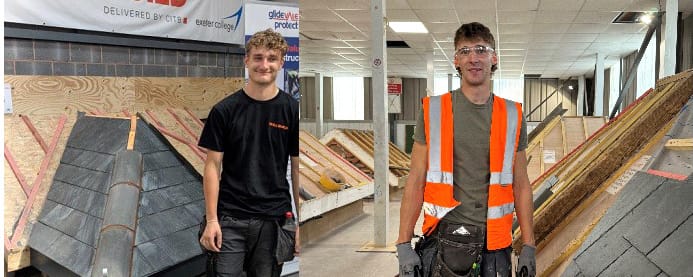Playing a hands-on role in the delivery of High Speed Two

In a bid to create a pipeline of talent, Balfour Beatty VINCI (BBV), HS2’s construction partner for the West Midlands, is enabling T Level students at Walsall College to play a part in the delivery of Britain’s new railway High Speed Two (HS2).
18 students on the T Level in Construction: Design, Planning and Surveying are spending 20% of their studies on an industry placement with them.
A workforce of over 8,000 will be employed by BBV to deliver its £5 billion main civil engineering contracts on HS2 and around 400 of those roles will be filled by apprentices and graduates over the next 5-6 years. This will equate to 5% of their workforce.
Naomi Bates, SEE Business Partner for Education and Careers at Balfour Beatty VINCI said: “By enabling these students to gain hands-on experience with us and potentially progress on to apprenticeships, we are encouraging the creation of a more diverse workforce to better represent and serve our future customers.
“We know there aren’t enough people entering the sector,” continued Naomi. “If we are to meet the demands of future construction and infrastructure projects then we need to adapt our approach to recruitment and development.
“Balfour Beatty VINCI is going to be in the West Midlands for a long time, so to even just put that little seed in these students’ minds that they can have a career with us is amazing.”
Although the pandemic, resulted in a delay in the students beginning their industry placements on-site, BBV have continued to build on the shared enthusiasm about the opportunities on offer. Since January, they have been delivering a comprehensive series of virtual sessions based on different roles and responsibilities relating to a building project.
Placements will now begin in the summer, with students welcomed in BBV’s offices and site locations.
“This partnership with Walsall College forms part of our skills legacy,” Naomi added. “We’re upskilling the next generation with the technical and professional skills that the sector needs as it adapts to becoming digitised and using modern methods of construction.”



